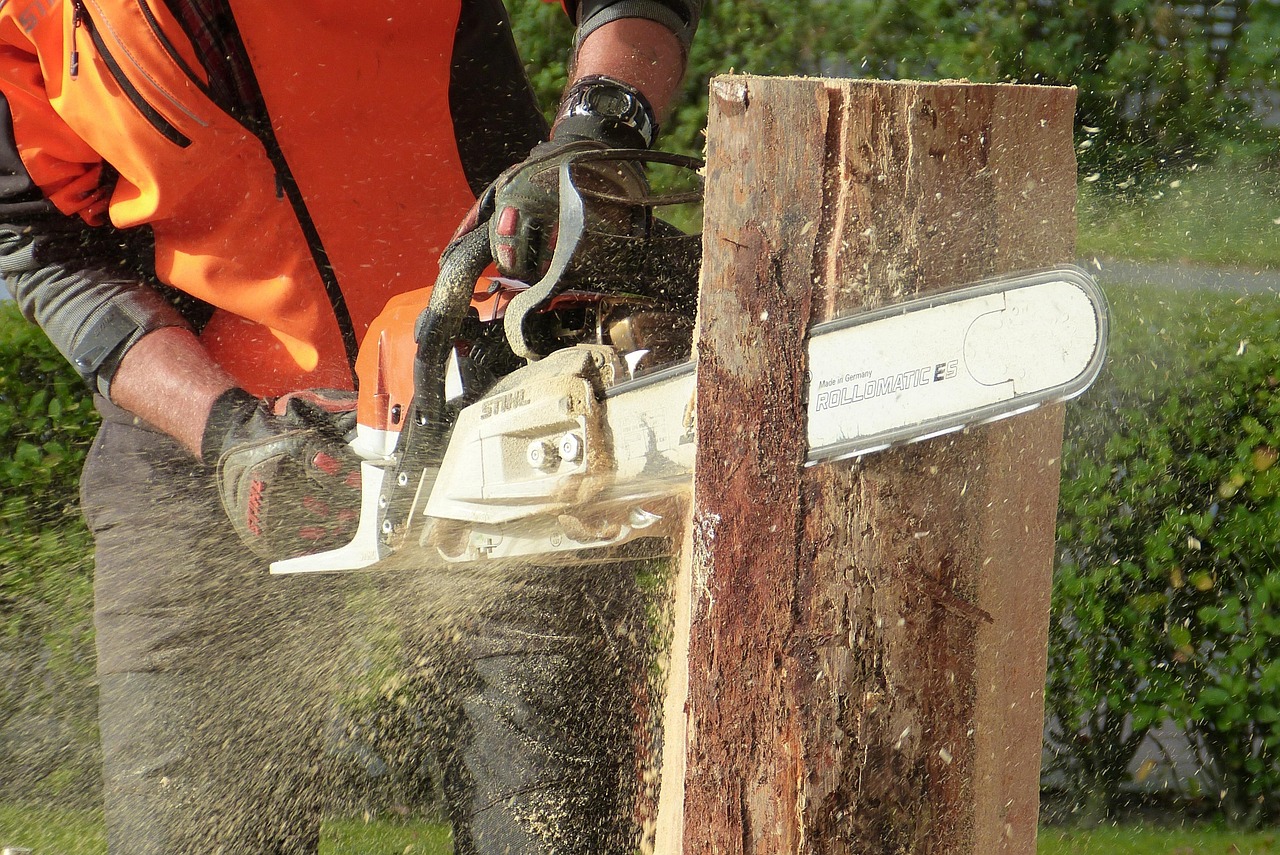Discover the best practices for pruning and caring for your indoor Dragon Tree to promote vibrant growth. Regular pruning, proper tools, optimal timing, and addressing common issues will keep your plant healthy, lush, and beautiful. Follow these expert tips to ensure your Dragon Tree thrives indoors all year round.
Understanding Dragon Trees
Dragon Trees, scientifically known as Dracaena draco, are popular indoor plants characterized by their striking appearance and resilient nature. These trees are native to the Canary Islands, Cape Verde, and parts of mainland Africa. They are well-loved for their unique trunk structure and sword-shaped leaves, which can add a touch of elegance to any indoor space.

One of the reasons Dragon Trees thrive indoors is their adaptability to various lighting conditions. While they prefer bright, indirect sunlight, they can tolerate lower light levels. However, to maintain their vibrant appearance and health, regular care, including pruning, is necessary.
Pro-Tips: My Personal Lessons from Growing a Healthy Dragon Tree
- When I first started pruning, I underestimated the importance of sharp tools. Using dull shears caused jagged cuts that healed slowly and increased the risk of disease. Now, I always make sure my pruning shears are freshly sharpened and sanitized.
- Timing is everything—I learned the hard way that pruning in winter stunts growth. I used to prune during the dormant season, which made recovery slow. Now, I prune only in late spring or early summer when the plant is actively growing for quicker healing.
- Don’t ignore the signs of pests early on. I once missed some tiny spider mites and paid the price with leaf discoloration. Regular inspections help catch issues before they become serious, so I now check under leaves every week.
- Overwatering is a common mistake I made at first. I used to water on a set schedule without checking the soil. Now, I always feel the top inch of soil before watering—if it’s damp, I wait a few more days.
- Stretching to get the perfect shape can be tempting, but I’ve learned to step back often during pruning. This helps me maintain a balanced and natural look, preventing over-pruning on one side or the other.
- I used to neglect adjusting my plant’s placement with the seasons. Now, I move it closer to the window in winter and rotate it regularly for even growth, which keeps the tree healthy and well-shaped.
- Fertilizing at the right time makes a huge difference. I learned to reduce feeding during dormancy and boost nutrients during active growth—this keeps my Dragon Tree lush and vibrant.
- When propagating, patience is key—I used to rush the process. Allowing cuttings to callous and avoiding overwatering has improved my success rate significantly.
- Lastly, consistent care beats occasional fussing. I now set reminders for watering, fertilizing, and inspecting, which helps keep my Dragon Tree thriving all year round.
The Importance of Pruning
Pruning is a crucial practice in maintaining the health and aesthetics of your Dragon Tree. Here are some key benefits:
- Encourages Growth: Pruning stimulates new growth by allowing more light to reach the inner leaves and branches.
- Removes Dead Material: Cutting away dead or damaged leaves prevents disease and pests from taking hold.
- Improves Shape: Regular pruning helps maintain a desirable shape and size. This is particularly important if your tree becomes leggy or unbalanced.
- Enhances Airflow: By thinning out dense foliage, airflow improves, which can reduce the risk of mold and pests.
When to Prune Your Dragon Tree
The timing of pruning is vital for optimal results. The best time to prune your Dragon Tree is during the late spring or early summer when the plant is actively growing. This timing allows the tree to recover quickly from pruning cuts.

During this season, you can remove up to one-third of the plant without causing stress. Avoid pruning in the fall or winter when the plant is dormant, as this can hinder its natural growth cycle.
Tools Needed for Pruning
Having the right tools makes pruning easier and more effective. Here’s a list of essential tools you should have:
- Sharp Pruning Shears: Ensure they are clean and sharp for precise cuts.
- Gloves: Protect your hands from potential irritants and sharp edges.
- Disinfectant: Use rubbing alcohol or a bleach solution to sanitize tools before use to prevent disease transmission.
How to Prune Your Dragon Tree
Pruning your Dragon Tree involves several steps. Follow this simple guide for effective pruning:

- Inspect the Plant: Before you begin, examine your tree for dead or yellowing leaves that need removal.
- Make Clean Cuts: Use your shears to cut leaves close to the main trunk without damaging it. Aim for a 45-degree angle to promote healing.
- Remove Leggy Growth: Trim back any stems that are excessively long, ensuring you leave enough foliage for photosynthesis.
- Step Back Often: Periodically step back to assess the overall shape of the tree as you prune. This helps maintain a balanced appearance.
Post-Pruning Care
After pruning, it is essential to take care of your Dragon Tree to help it recover. Here are some tips:
- Watering: Keep the soil slightly moist but avoid overwatering. Allow it to dry out between waterings.
- Fertilizing: After pruning, consider applying a diluted liquid fertilizer to support new growth.
- Monitor for Pests: Keep an eye out for any signs of pests or disease following pruning.
By following these tips and guidelines, you will ensure that your Dragon Tree remains healthy and vibrant. Regular pruning not only enhances its appearance but also contributes significantly to its overall well-being.
Common Issues and Solutions in Dragon Tree Care
Even with the best pruning practices, Dragon Trees can encounter various issues that may affect their health and appearance. Recognizing these problems early can help you take action and keep your plant thriving. Below are some common issues and their solutions.

Leaf Discoloration
Discoloration of leaves is one of the most common problems faced by Dragon Tree owners. Here are the typical causes and remedies:
- Yellowing Leaves: This often indicates overwatering or poor drainage. Ensure the pot has drainage holes and let the soil dry out between waterings.
- Brown Tips: Brown leaf tips might suggest underwatering or low humidity levels. Increase humidity by misting the leaves or using a humidity tray.
- Spots on Leaves: If you notice spots, this could be due to fungal infections. Remove affected leaves and consider applying a fungicide.
Pest Infestations
Dragon Trees can also be susceptible to pests such as spider mites, mealybugs, and scale insects. Here are effective ways to manage pests:
- Regular Inspections: Check your plant weekly for any signs of pests, especially under leaves and near the stem.
- Natural Remedies: Use insecticidal soap or neem oil to treat infestations. Spray directly on the affected areas.
- Isolation: If you find pests, isolate the affected plant to prevent spreading to other plants.
Improper Growth Patterns
If your Dragon Tree seems to be growing unevenly or has become too leggy, it may require some adjustments. Consider the following:
- Rotate the Plant: Turn your Dragon Tree every few weeks to ensure even light exposure on all sides.
- Adjust Lighting: If your tree is leaning towards a light source, move it closer to a window with indirect sunlight or supplement with grow lights.
Tips for Encouraging Robust Growth
In addition to regular pruning and addressing issues, there are several proactive measures you can take to encourage robust growth in your Dragon Tree.
Optimal Soil Conditions
The right soil mix is crucial for healthy growth. A well-draining potting mix is ideal. You can create your own mix by combining:
- 1 part potting soil
- 1 part perlite
- 1 part sand
This mixture ensures good drainage while retaining some moisture, which is essential for the Dragon Tree’s roots.
Light Requirements
Your Dragon Tree will thrive best in bright, indirect light. Here are some tips to meet its lighting needs:
- Avoid Direct Sunlight: Direct sun can scorch the leaves, leading to damage. Place your tree near a window with filtered light.
- Supplemental Lighting: In low-light conditions, use fluorescent or LED grow lights to provide additional light.
Humidity and Temperature
Dragon Trees prefer moderate humidity and temperatures between 65°F to 80°F. To maintain these conditions, consider the following:
- Humidity Trays: Place your pot on a tray filled with water and pebbles to increase humidity around it.
- Avoid Drafts: Keep your Dragon Tree away from drafts, heaters, and air conditioning vents to prevent stress.
Fertilizing Your Dragon Tree
Regular fertilization promotes healthy growth. Here are some guidelines on how to fertilize your Dragon Tree effectively:
Types of Fertilizers
Selecting the right fertilizer is key. You can use:
- Balanced Liquid Fertilizer: A diluted, balanced fertilizer (such as 10-10-10) works well during the growing season.
- Slow-Release Granules: These can be applied once in spring for continuous nourishment throughout the growing season.
Fertilization Schedule
A proper fertilization schedule will ensure your Dragon Tree receives adequate nutrients:
- Spring and Summer: Fertilize every 4-6 weeks during active growth.
- Fall and Winter: Reduce or cease fertilization as the plant enters dormancy.
By following these tips and guidelines, you will help ensure that your Dragon Tree remains vibrant and healthy throughout its life cycle. Regular attention to its care will foster an environment where it can flourish indoors.
Propagating Dragon Trees
Propagation is an exciting way to expand your Dragon Tree collection or share with friends. There are several effective methods for propagating Dragon Trees, each with its own set of steps. Here, we will explore the most common techniques: stem cuttings and offsets.
Propagation by Stem Cuttings
Taking stem cuttings is one of the easiest ways to propagate a Dragon Tree. Follow these steps for successful propagation:
- Select a Healthy Stem: Choose a healthy stem that is at least 6 inches long and has several leaves.
- Make the Cut: Use clean, sharp pruning shears to make a cut just below a node, which is the point where leaves attach to the stem.
- Let it Callous: Allow the cutting to dry out for a few hours or overnight. This helps to prevent rot when planted.
- Plant the Cutting: Place the cutting in a pot filled with well-draining soil, burying it about an inch deep.
- Water Sparingly: Water lightly and place the pot in a warm area with indirect sunlight.
- Wait for Roots: In about 4-6 weeks, roots should develop. You can check by gently tugging on the cutting.
Propagation by Offsets
Offsets are small plants that grow from the base of the parent plant. They can be separated and planted to create new Dragon Trees. Here’s how to propagate using offsets:
- Identify Offsets: Look for small plants or shoots emerging from the base of your Dragon Tree.
- Remove Carefully: Use a sharp knife to cut the offset away from the parent plant, ensuring that it has some roots attached.
- Replant: Plant the offset in a pot with well-draining soil. Make sure it is positioned upright.
- Water and Care: Water lightly and place it in a warm, bright location with indirect sunlight.
Pest and Disease Management
Preventing and managing pests and diseases is essential for keeping your Dragon Tree healthy. Here are some common issues and their treatments.
Common Pests
| Pest | Signs of Infestation | Treatment |
|---|---|---|
| Spider Mites | Fine webbing and yellow specks on leaves | Increase humidity and use insecticidal soap or neem oil |
| Mealybugs | Cotton-like masses on stems and leaves | Wipe with rubbing alcohol or apply insecticidal soap |
| Scale Insects | Small brown bumps on stems and leaves | Remove by hand or treat with insecticidal soap |
Disease Prevention
Diseases can often be prevented by maintaining good care practices. Here are some tips to keep your Dragon Tree disease-free:
- Avoid Overwatering: Ensure proper drainage and allow the soil to dry out between waterings.
- Keep Leaves Clean: Wipe leaves with a damp cloth regularly to remove dust and prevent fungal growth.
- Inspect Regularly: Check your plant frequently for any signs of disease or pests to catch problems early.
Caring for Mature Dragon Trees
Mature Dragon Trees require specific care to thrive. As your plant grows, consider the following aspects of its care:
Repotting Your Dragon Tree
Mature plants may outgrow their pots, necessitating repotting. Here’s how to do it correctly:
- Select a Larger Pot: Choose a pot that is 1-2 inches larger in diameter than the current pot.
- Prepare Fresh Soil: Use fresh, well-draining potting mix for optimal growth.
- Remove the Plant: Gently remove the Dragon Tree from its current pot, being careful not to damage the roots.
- Prune Roots if Necessary: Trim any damaged roots before placing the plant in its new pot.
- Add Soil: Fill around the roots with fresh soil, ensuring it is level with the previous soil line.
- Water Thoroughly: Water well after repotting to help settle the soil around the roots.
Maintaining Size and Shape
Mature Dragon Trees can grow quite tall. To maintain their size and shape, consider these approaches:
- Regular Pruning: Continue to prune as necessary to remove any dead or unhealthy leaves.
- Crown Reduction: If necessary, trim back the top of the tree to keep it from getting too tall.
- Bamboo Stakes: For very tall trees, use stakes for support if they begin to lean or become unstable.
Caring for mature Dragon Trees requires attention and regular maintenance, but with proper care, they can remain beautiful additions to your indoor space for many years.
Additional Care Tips for Dragon Trees
In addition to pruning, propagation, and pest management, several other care tips can help your Dragon Tree flourish indoors. Understanding these factors contributes significantly to the overall health and longevity of your plant.
Watering Techniques
The way you water your Dragon Tree can greatly affect its growth. Here are some important watering techniques to consider:
- Check Soil Moisture: Before watering, check the top 1-2 inches of soil. If it feels dry, it’s time to water. If it’s still moist, wait a few more days.
- Water Evenly: When watering, do so evenly around the base of the plant. This encourages root growth in all directions.
- Use Room Temperature Water: Cold water can shock the plant’s roots. Allow your water to reach room temperature before use.
Lighting Adjustments Throughout the Year
As seasons change, so do the lighting conditions in your home. Adjusting your Dragon Tree’s location according to seasonal light variations can help maintain its health:
- Spring and Summer: These seasons typically provide more light. Consider placing your Dragon Tree near a window that receives bright, indirect light.
- Fall and Winter: As days become shorter, you may need to move your tree closer to a light source or supplement with artificial lighting.
Seasonal Care Adjustments
Different seasons require different care routines for your Dragon Tree. Here are some adjustments to consider:
- Spring: This is the prime time for growth. Increase watering frequency and consider fertilizing more regularly to support new growth.
- Summer: Maintain regular watering and monitor for pests more closely, as they tend to be more active in warmer months.
- Fall: Begin to reduce watering as the plant slows down. Discontinue fertilization as the growing season ends.
- Winter: Keep the plant in a stable environment, away from cold drafts. Water sparingly as the plant is in dormancy.
Final Thoughts
Caring for a Dragon Tree involves more than just pruning. It requires a comprehensive approach that includes proper watering, lighting adjustments, and consistent monitoring for pests and diseases. By understanding the specific needs of this unique plant, you can create an environment where it thrives indoors.
Remember that each Dragon Tree is unique. Observing how your plant responds to care will guide you in making adjustments as needed. With patience and attention to detail, your Dragon Tree can grow into a stunning focal point in your home, bringing beauty and a touch of nature indoors.
Ultimately, regular maintenance, along with proactive measures, will ensure that your Dragon Tree remains healthy and vibrant for many years. Embrace the journey of nurturing this beautiful plant, and enjoy the rewards it brings to your living space.
